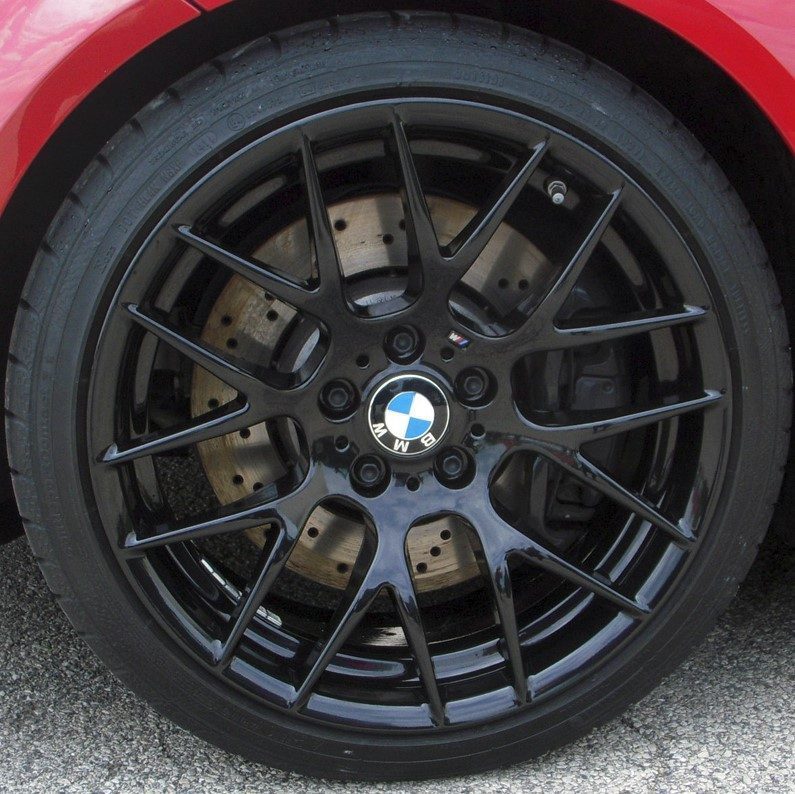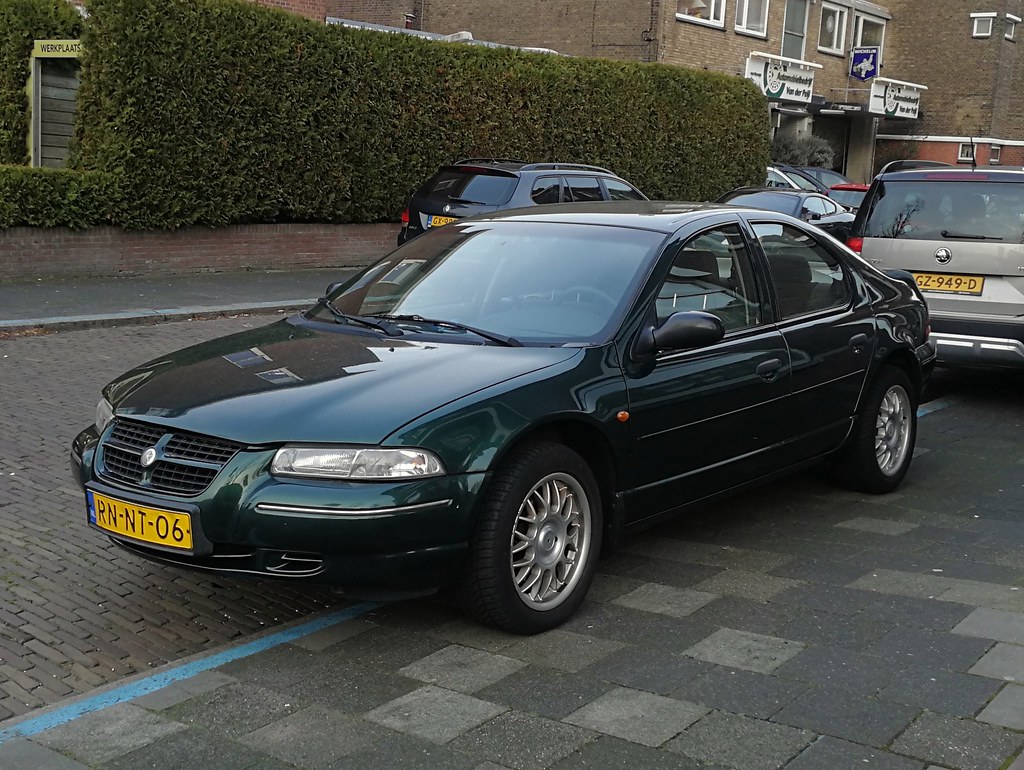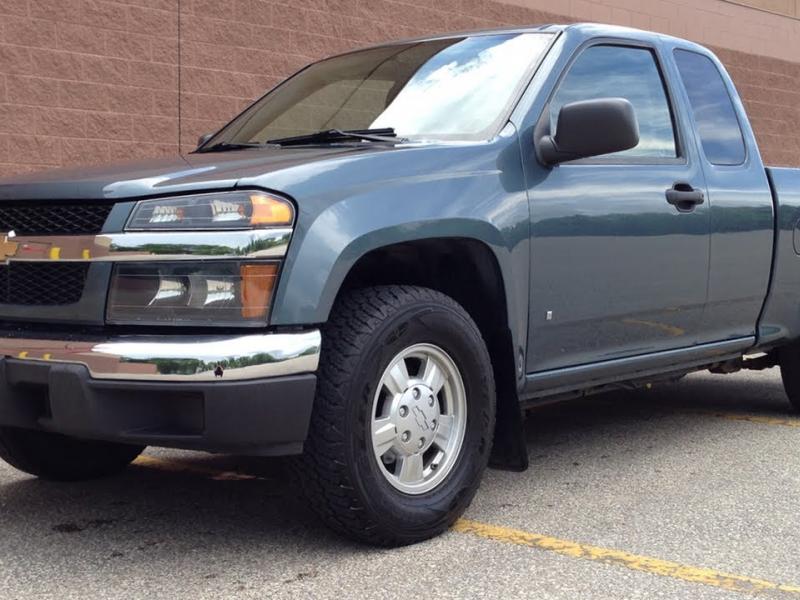Your Guide to Tire Pressure Monitoring Systems
Tire pressure is one of those things that we can’t ignore. Not only is it illegal in most countries to drive with tires that are under pressured, but it’s also incredibly dangerous. If our tire pressure continues to fall unchecked, then we’re putting ourselves at risk needlessly. Our traction may not be as predictable as it once was which can lead to a loss of control when driving. Also our tires then become more vulnerable to punctures and potential blowouts.
Before TPMS technology, it was the driver’s responsibility to manually assess their tire pressure and to take the necessary steps to make sure it was set correctly. This usually involved tools and knowledge that not everybody had or understood, so having these systems built into our modern cars is a real benefit. It’s also something that should never be taken for granted.
What is a tire pressure monitoring system (TPMS)?
In essence, a TPMS is a system that’s built into most modern cars (and other vehicles) that automatically monitors the tires pressure and airflow. The technology is always working in the background and will alert the driver if and when action is required. For example, should there be an error, should one tire be out of sync with the rest or if a tire reaches dangerous levels of low pressure.
Every car is different, but they generally do this by certain icons highlighting on the driver’s dashboard, these can be accompanied by beeps and pings, alerting the driver to a potential fault when they start the car. Many TPMS systems use an early warning feature, alerting the driver to this issue before it reaches dangerous levels.
This allows the driver enough time to resolve the issue and complete any journeys they need to before the concern becomes too pressing. The dashboard icons vary, but there are some universal low tire pressure signals that usually appear in most car designs. The first most popular sign is an exclamation mark surrounded by a circular shape to indicate a tire or a wheel. It looks a little bit like this; (!). The second common icon is the basic outline of a car, from a top down view, with one (or more) of the tires highlighted. For example, if the pressure is low on the cars right front tire then this will be reflected by the icon.
How does TPMS work?
Different car manufacturers have different designs and visions about how TPMS should work, but there are two main types of TPMS that are generally installed in most vehicles.
The first is Direct TPMS, this employs a sensor that is attached to each wheel which continuously measures air pressure in the tire its connected to. The sensor feeds the data back to a more centralized computer system, which is typically attached to the car’s overall system, working in conjunction with it. Although recent designs have the software already in-built, making the car’s hardware and the TPMS part of the same overall design. Some car manufacturers outsource their TPMS design while others incorporate it as part of their own engineering methods. If the direct TPMS sensor detects that the tire pressure has dropped to below a 25% below the legal limit, then it will alert the driver with a notification. This is usually enough time for the drive to conclude their journey and resolve the issue at their leisure.
The second form of TPMS is known as Indirect TPMS, this works a little differently. Rather than a sensor being attached to each wheel, indirect TPMS uses built in software that monitors wheel speed. It does this by interpreting data from the vehicles ABS (Antilock Braking System) sensors instead of its own. If the software detects an anomaly in the wheel speed, especially if one is spinning at a different speed to the others, then the notifications will be triggered. This alerts the driver and allows them to investigate the cause of the notification and verify if this is indeed reduced tire pressure, or another problem.
Both forms of TPMS are considered effective and helpful ways to detect if a tire’s pressure has fallen lower than it should be. Direct TPMS is considered superior by some motoring experts, simply because that uses a dedicated system to detect individual tire pressure problems. Indirect TPMS, while effective is only able to highlight a drop in tire speed instead of fully diagnosing reduced tire pressure.





